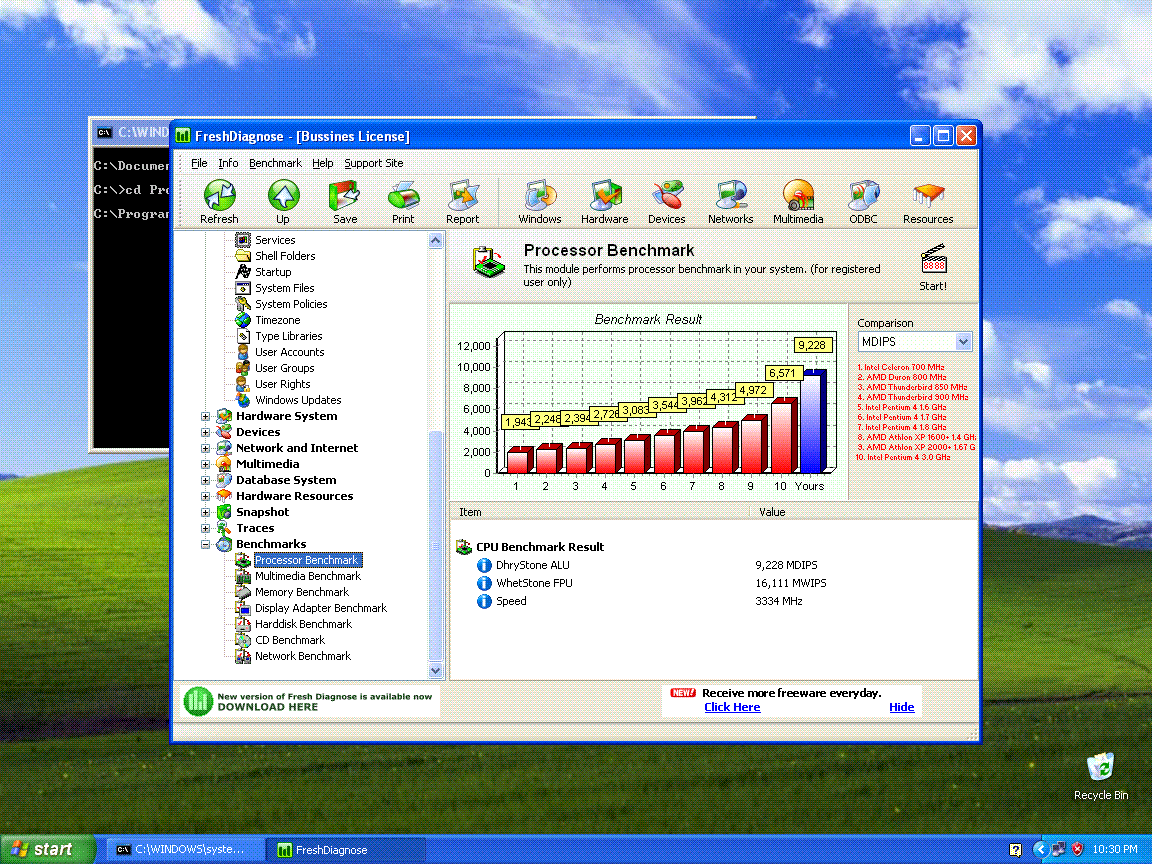Dates and Events:
|
OSADL Articles:
2023-11-12 12:00
Open Source License Obligations Checklists even better nowImport the checklists to other tools, create context diffs and merged lists
2022-07-11 12:00
Call for participation in phase #4 of Open Source OPC UA open62541 support projectLetter of Intent fulfills wish list from recent survey
2022-01-13 12:00
Phase #3 of OSADL project on OPC UA PubSub over TSN successfully completedAnother important milestone on the way to interoperable Open Source real-time Ethernet has been reached
2021-02-09 12:00
Open Source OPC UA PubSub over TSN project phase #3 launchedLetter of Intent with call for participation is now available |
OSADL QA Farm on Real-time of Mainline Linux
About - Hardware - CPUs - Benchmarks - Graphics - Benchmarks - Kernels - Boards/Distros - Latency monitoring - Latency plots - System data - Profiles - Compare - Awards
Real-time host and kvm virtualization
Wakeup latency of all systems - Real-time optimization - Peer-to-peer UDP duplex link - OPC UA PubSub over TSN - Powerlink - Ethercat - Network load - kvm - Sleep states
One of the Linux real-time test systems (rack #3, slot #3) regularly starts a virtualized guest system using the Linux kernel virtual machine (kvm). The guest operating system is Windows XP. Immediately after the guest system is booted up, the vTask Studio testing and automation environment is started that, in turn, repeatedly runs the FreshDiagnose benchmark program in a tight loop which approximately takes 30 minutes to complete. Thereafter, the program ends, and the guest system goes into idle mode for another 15 minutes. The system is then shutdown. The entire procedure is executed once per hour seven times in the morning and seven times in the afternoon.
The recordings below show the real-time capabilities (worst-case combined timer and wakeup latency) of the host system and the load and the uptime of the guest system. The test is undertaken to verify that booting and running a Windows XP guest system under kvm has no impact on the real-time capabilities of the host system. The periods of elevated worst-case latency solely reflect the clock frequency (P states) and the sleep states (C states) of the processor cores that are set to maximum performance only during cyclictest measurements (details are given here).
Last update 2 minutes ago
-
-
-
- Please note that the recorded values represent maxima of 5-min intervals. Thus, the data in the columns labeled "Min:" and "Avg:" should not be considered; the only relevant result is the maximum of consecutive 5-min maxima at the rightmost column labeled "Max:".
Screen snapshot of the guest system
At the end of every test run, the guest system creates a snapshot of the screen. It is then saved via Windows network share on the host file system, transferred to the OSADL Webserver and displayed below. Click on the image to show the screen snapshot at full size.





